Palestine
The Palestinian Thobe – A Story of Home, Pride and Hope
The Palestinian thobe is much more than just a piece of clothing. It is a living symbol of identity, tradition and resistance. These traditional, originally quite simple cotton dresses have been worn by Palestinian women since the 19th century. Over time, it has developed into an artistic masterpiece that impresses with its delicate embroidery and deep-rooted meanings. Every seam and every pattern tells a story - of love for the homeland, of pride and of an unbreakable connection to one's own culture.
The embroidery that adorns the thobe is more than just decoration. It reflects the diversity and richness of the Palestinian regions. Different villages and towns have their own embroidery traditions with unique patterns and color combinations. The red, green and black colors symbolize the Palestinian flag and represent history, hope and freedom. Motifs such as olive branches remind us of the importance of the earth, nature and peace, while the key represents the right of return for displaced Palestinians.
During past political turmoil and the expansion of the region's history, the thobe became a silent but powerful symbol of resistance. Women took it with them wherever they went, carrying their homeland further out into the world in the form of this garment. The thobe became not only a symbol of cultural identity, but also a message of survival and hope.
In recent decades, women have worn their thobe at political rallies, cultural events and demonstrations in Palestine and the diaspora. The thobe has become an expression of unwavering national pride and a deep connection to one's own history. Its modernizations and developments in style and material have made it a work of art that simultaneously honors its roots and fits into the present.
A garment that tells stories
Each thobe can be understood and seen as unique, a message in fabric and embroidery that is traditionally passed down from generation to generation. It celebrates the beauty, elegance and resilience of Palestinian culture. Whether decorated with flowers, crosses or gazelles - every detail has a meaning that is deeply rooted in the history of Palestine. If you would like to find out which motifs and symbols have which meaning, then take a look here.
A link between past and future
Today, more than ever, the thobe bears the responsibility of keeping a rich culture alive. In Palestine and in the diaspora, it connects generations and gives the history of the Palestinian community a visible form. The thobe is a powerful symbol that traditions are not forgotten - it is pride, resistance and hope all at the same time.
For many Palestinian women, the thobe remains a core part of their identity. It is not just a piece of clothing, but an art form that makes one's origins and inseparable love for one's homeland visible. With every thread and every embroidery, it reminds us of where we come from - and that our roots are never lost, come what may.
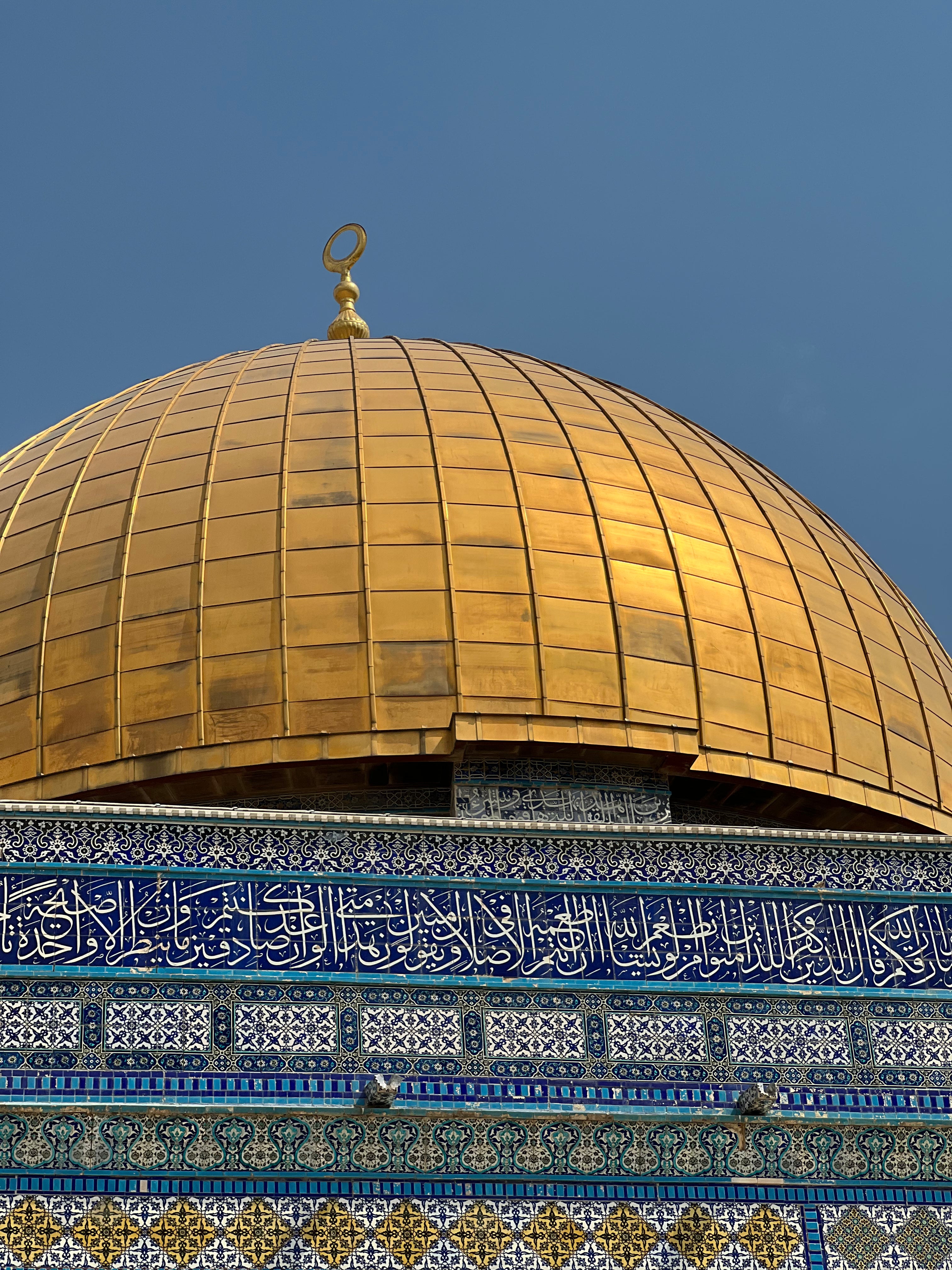
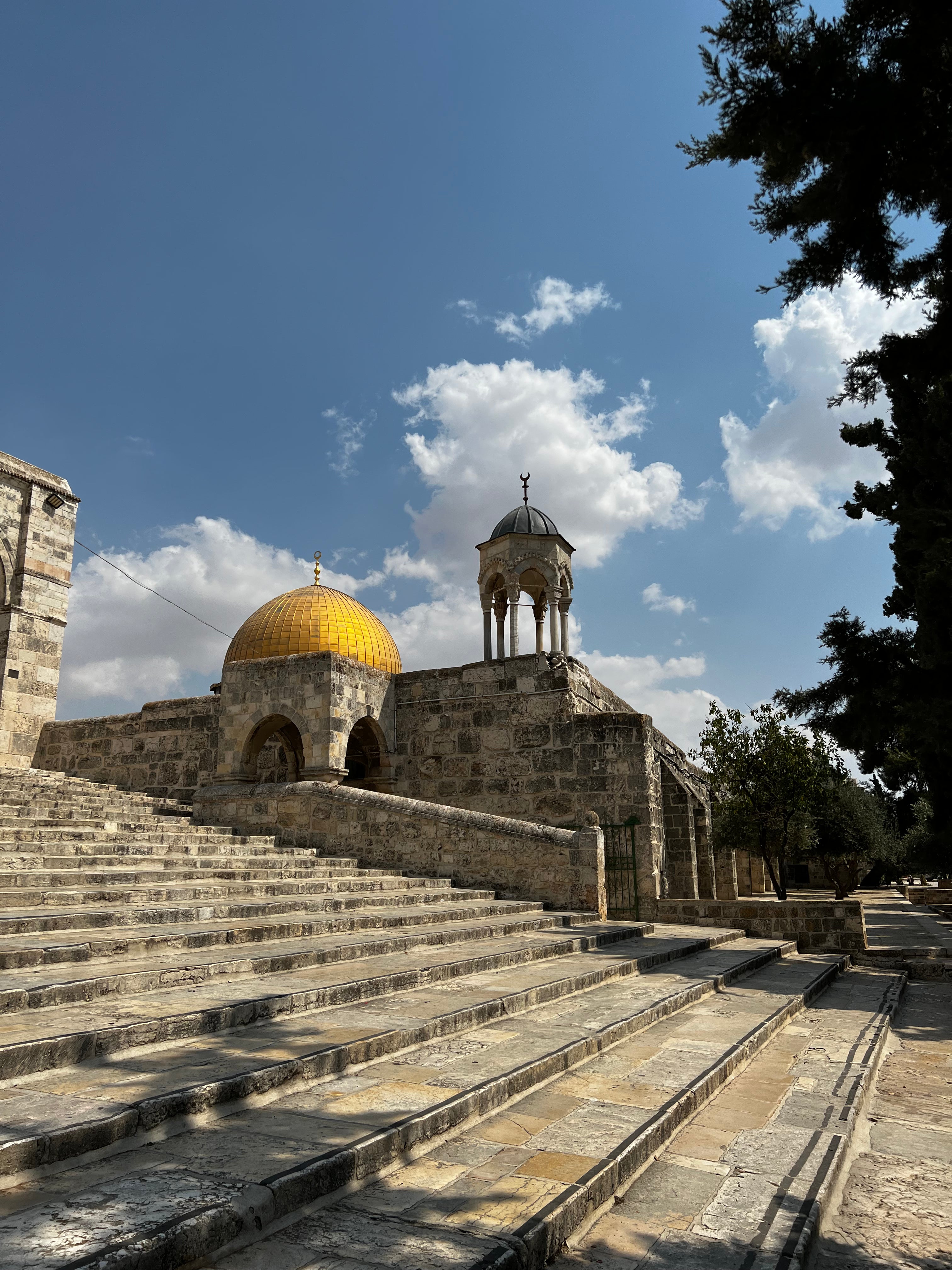
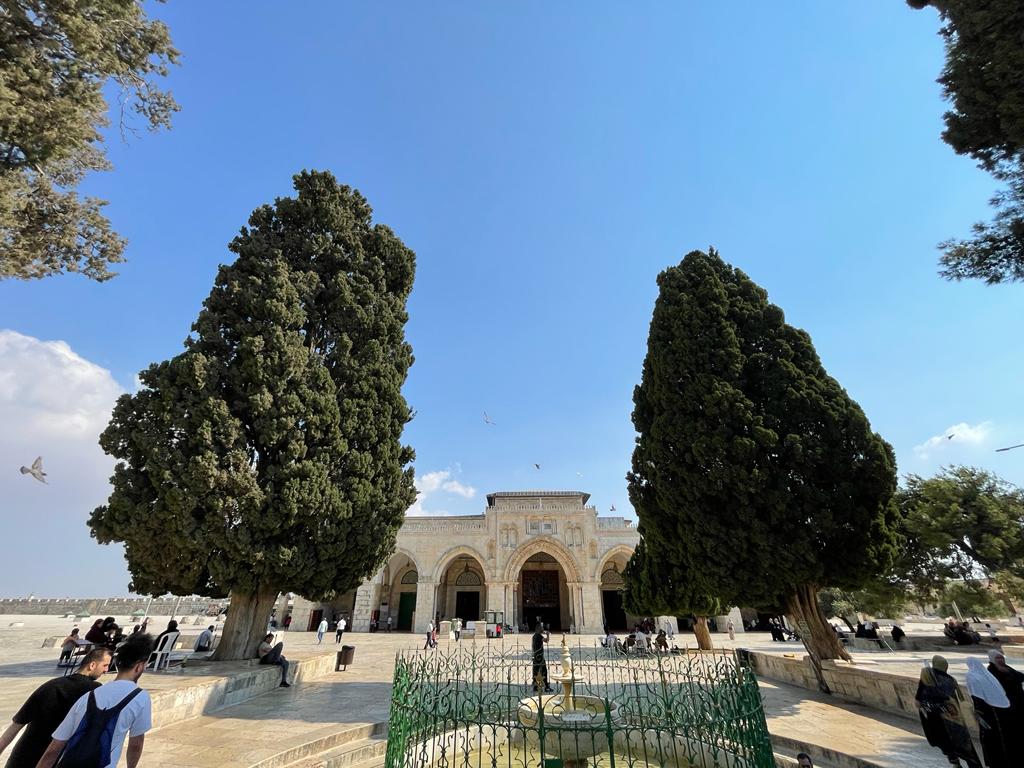
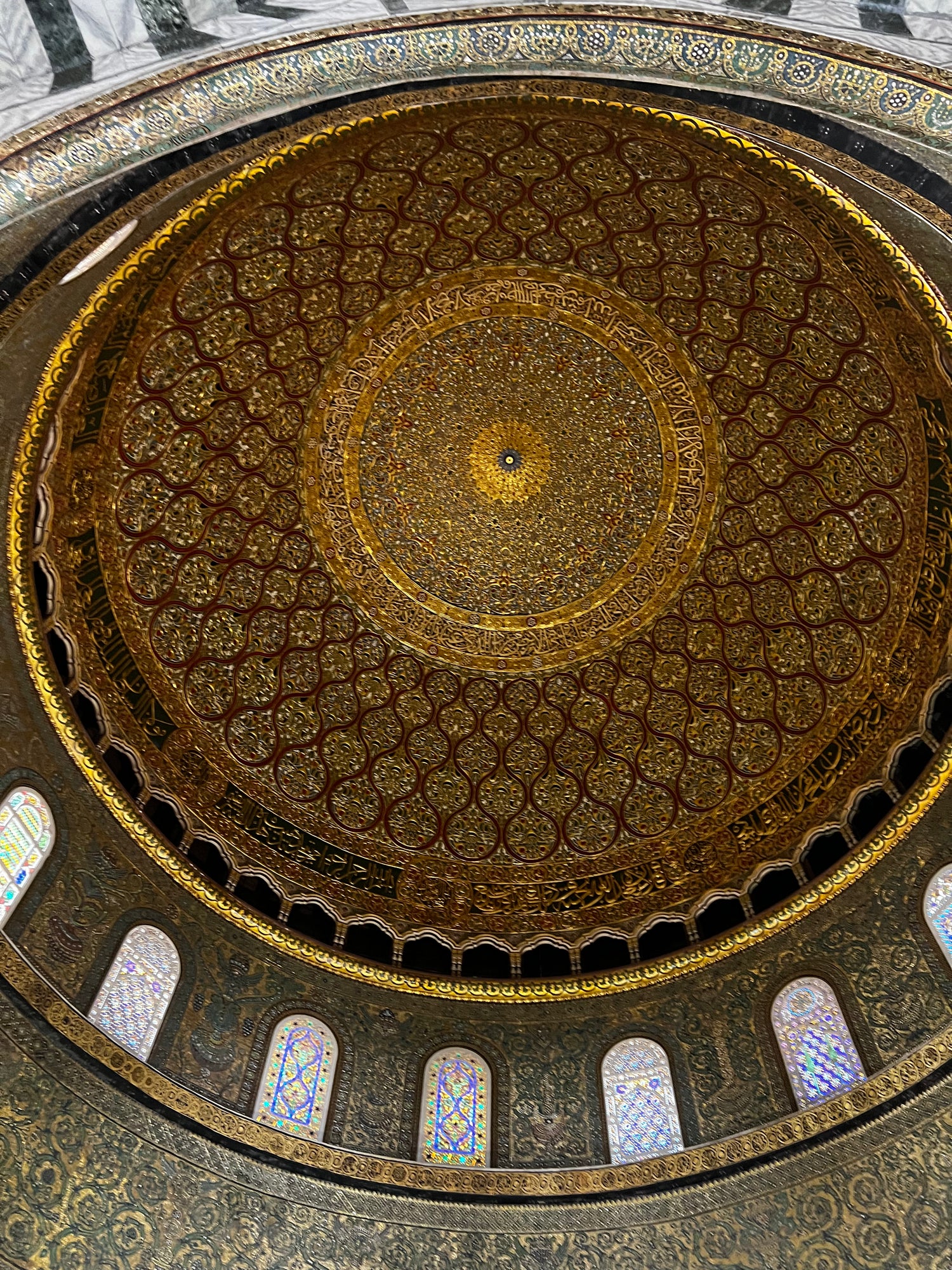
Palestine - A Story of nature, culture, and identity
Palestine is more than just a place on the map. It is a land full of history, hope, and deep roots. Especially Jerusalem, the heart of Palestine, has been a symbol of spirituality and resistance for centuries. The Old City, with its winding streets, millennia-old walls, and sacred sites, is a living testament to a turbulent past. The Al-Aqsa Mosque complex, including the Dome of the Rock - famous worldwide for its golden dome - is a true landmark, a symbol of the Islamic faith that commands admiration. Here, where cultures converge, life pulses through every stone, every street, and every story told.
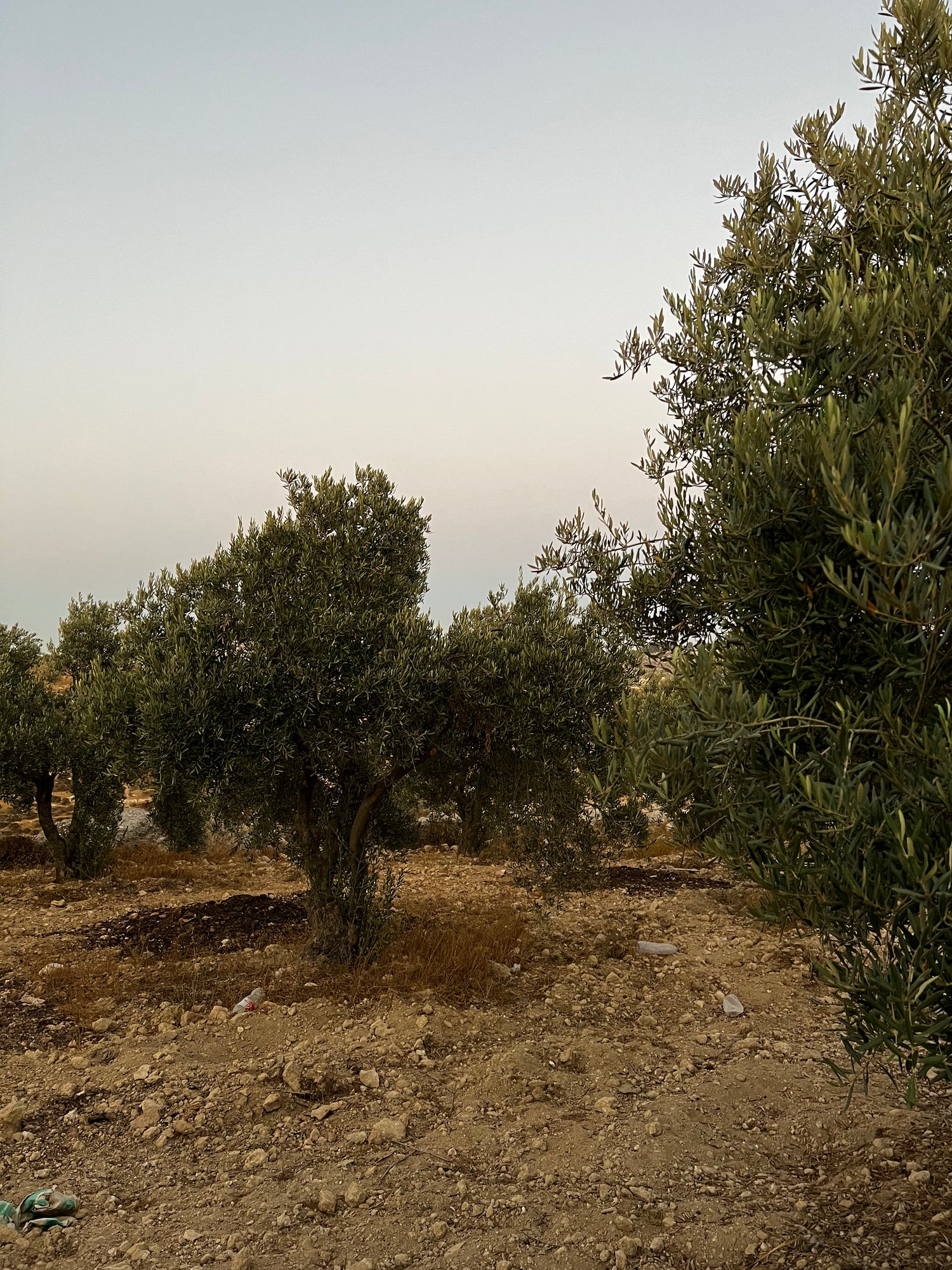
Olive trees as silent witnesses
Palestine’s landscape is marked by a unique richness: from the fertile plains in the west to the dry hills in the east. Yet few things represent Palestine more than the olive tree. Ancient, deeply rooted, and steadfast, it is not only a source of food and trade but also a symbol of resilience and home. The olive harvest is a significant event, where entire families come together to gather the fruits of their land - a moment of unity and connection to their own history.
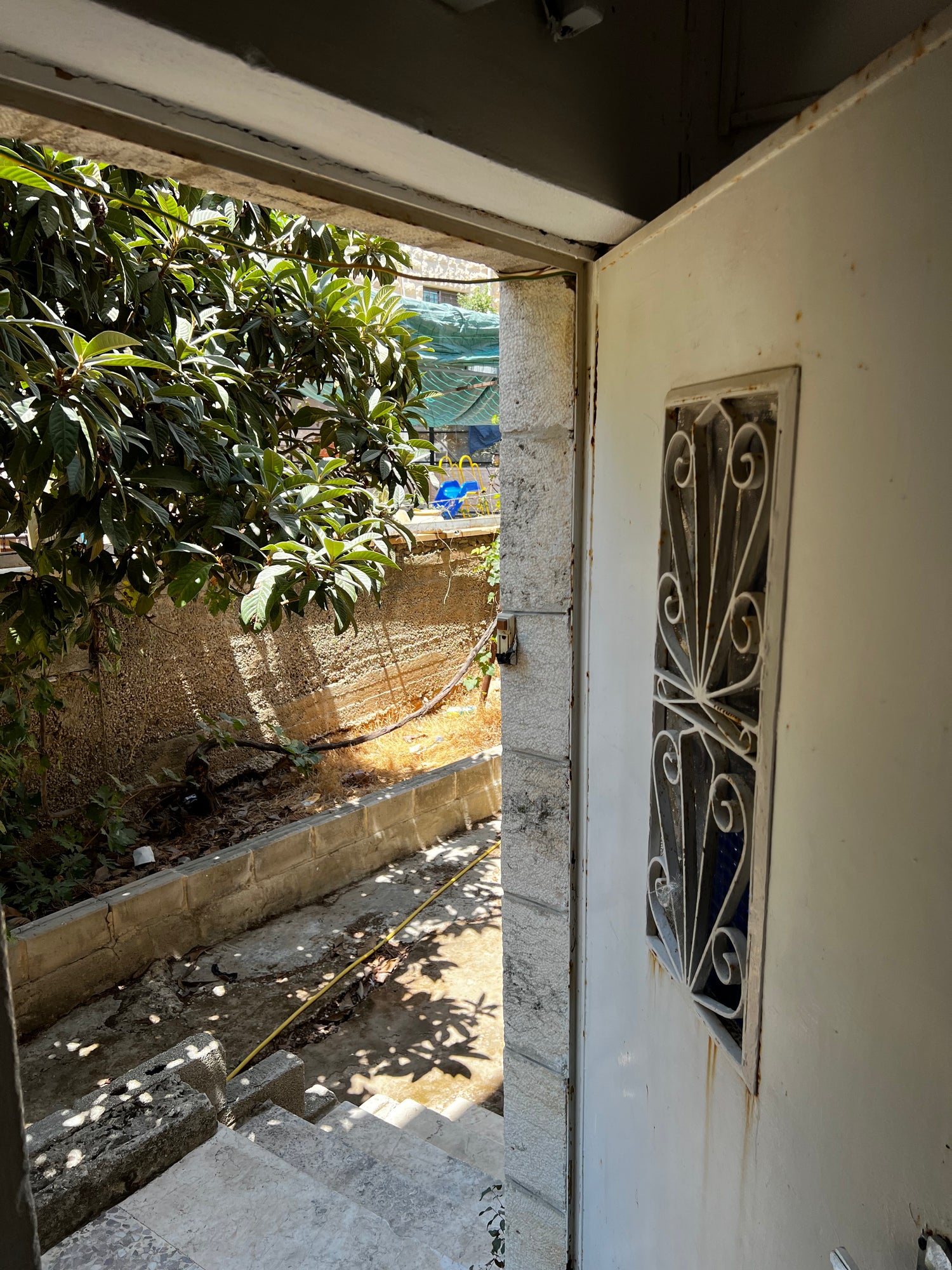
The people of Palestine have always shared a close relationship with nature. The land is not only a source of livelihood but also a part of their identity. The mountains, rivers, and soil tell stories of generations who cultivated, preserved, and cherished them. Knowledge of the land, weather, and harvest is passed down from parents to children - a bond that connects the past with the future. Palestinian culture is a culture of earth, water, and sun, reflected in traditions, art, and even in its cuisine.
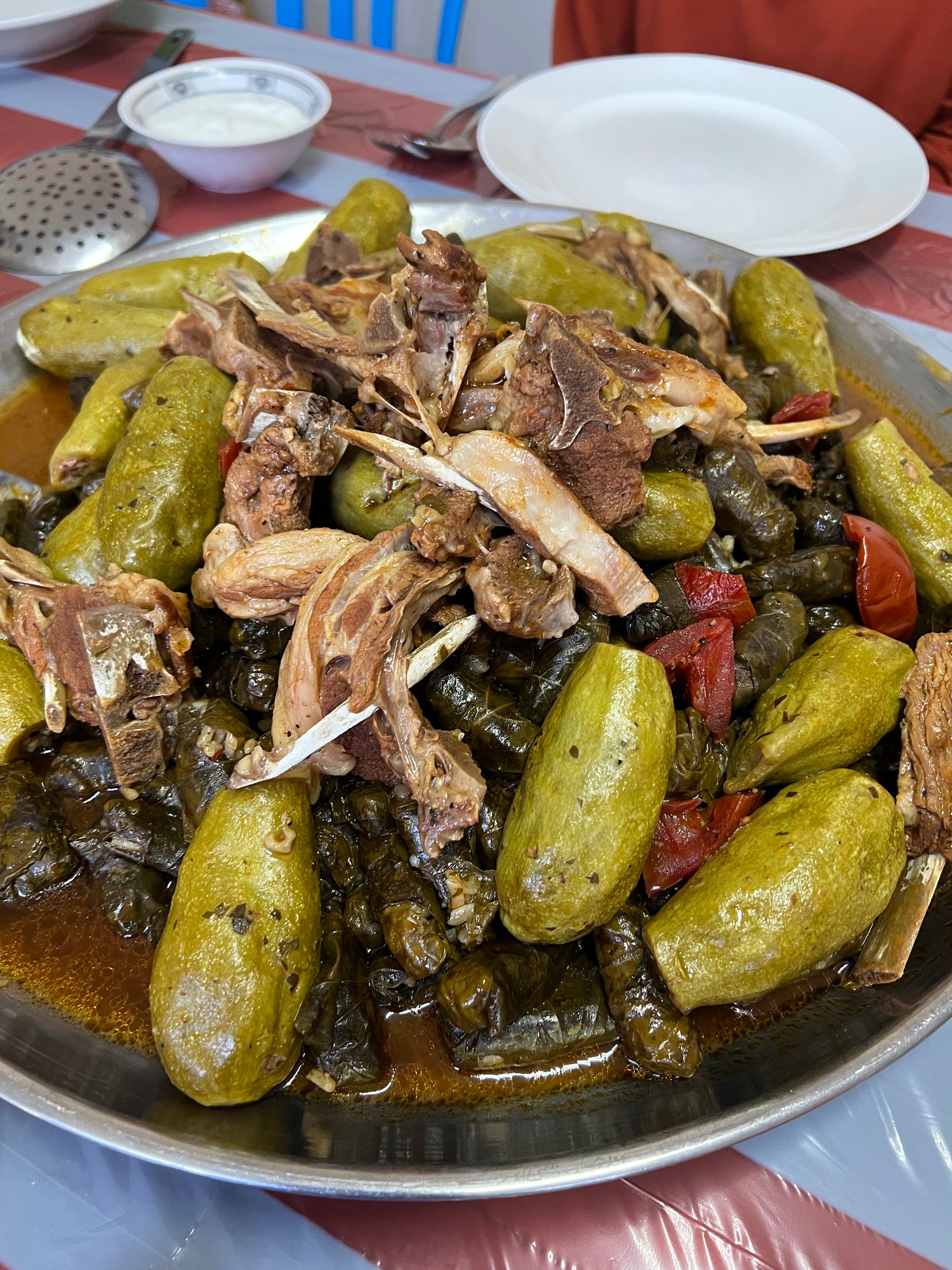
In Palestine, food is far more than mere sustenance - it is an expression of hospitality, togetherness, and history. Traditional dishes blend simplicity and sophistication, shaped by the regional ingredients the land provides. Every meal is a ritual that brings people together, whether at large celebrations or within the intimate circle of family. The aroma of spices, freshly baked bread, and warm olive oil fills the kitchens, telling the story of a long culinary tradition.
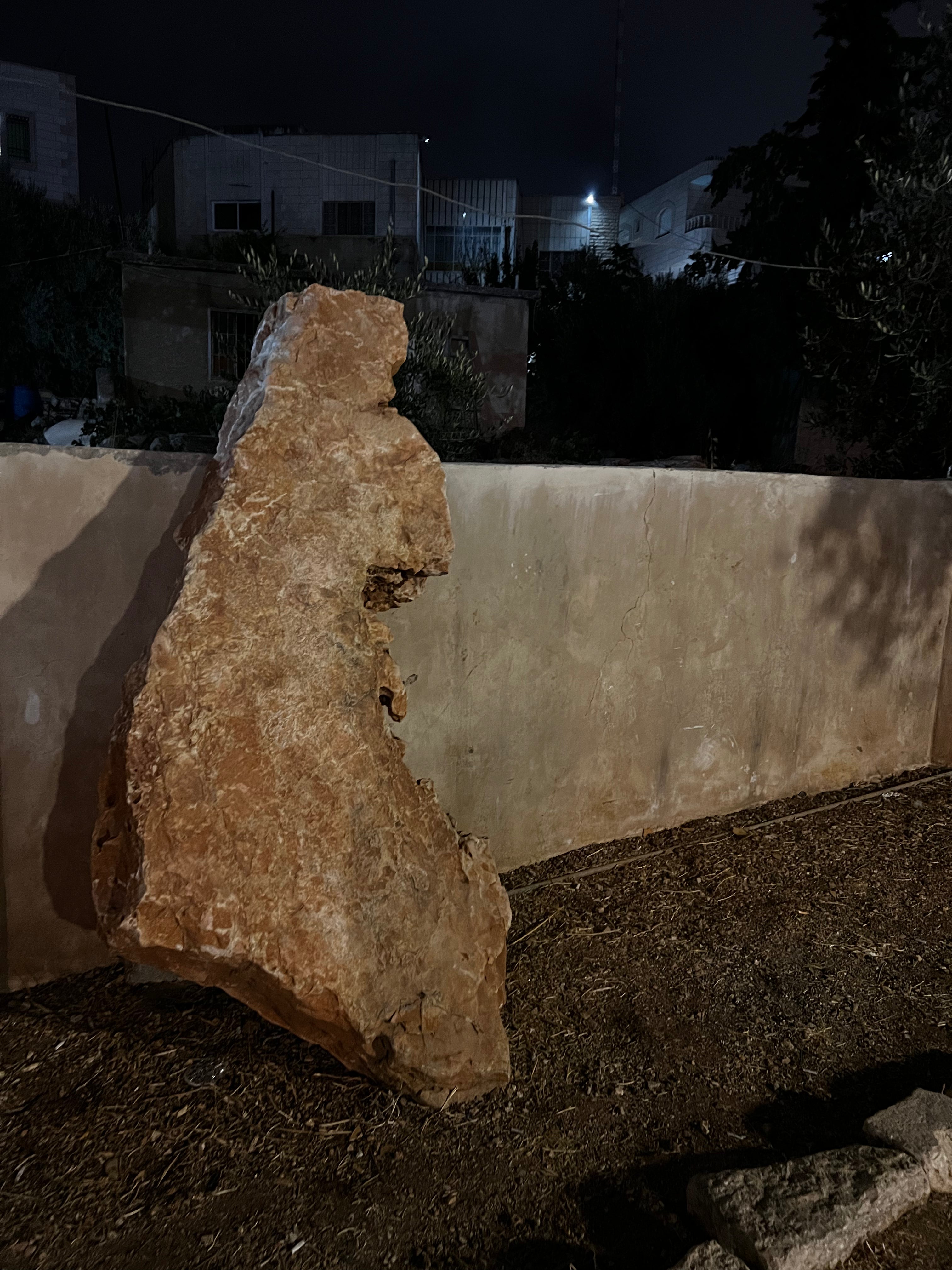
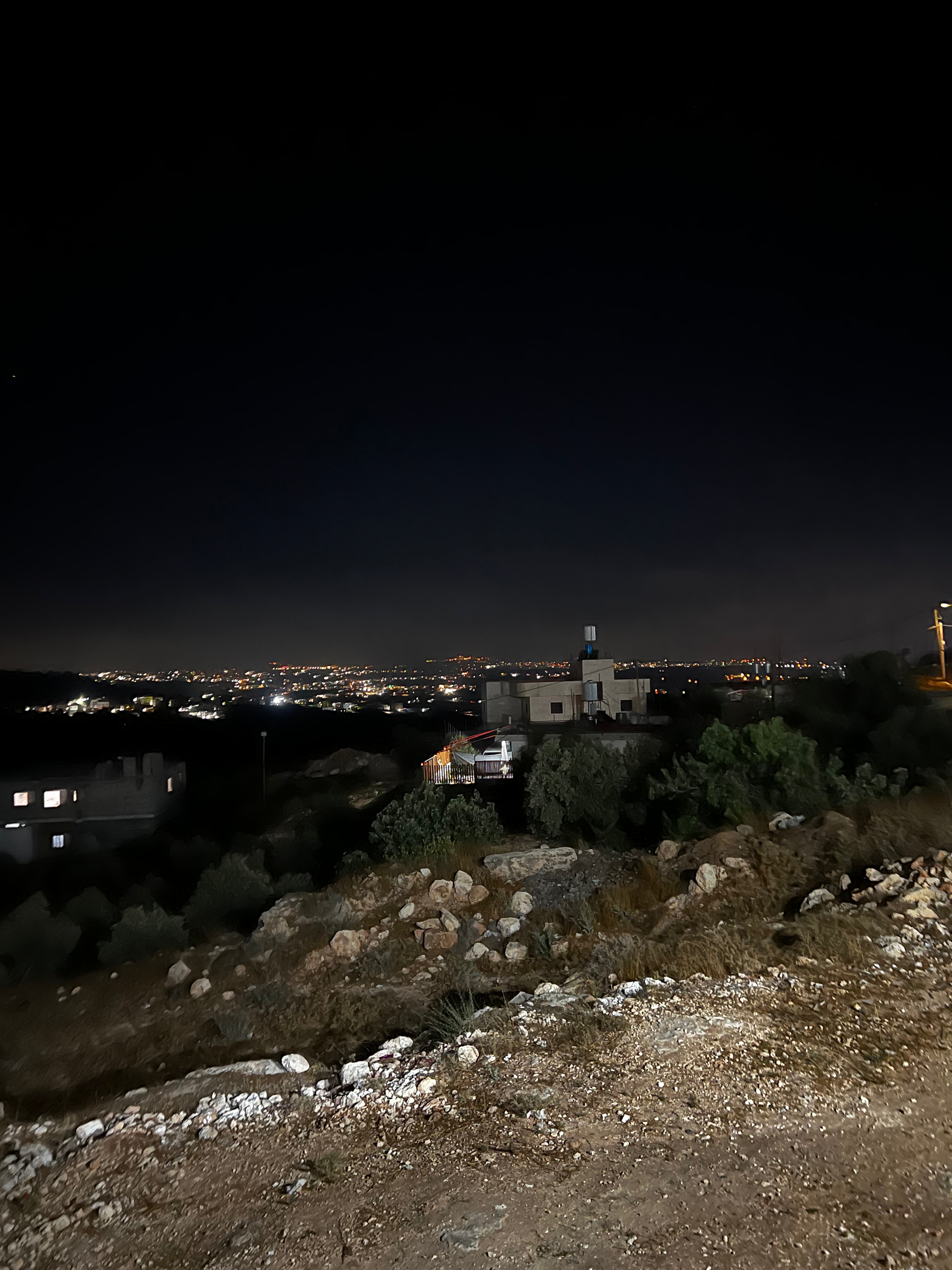
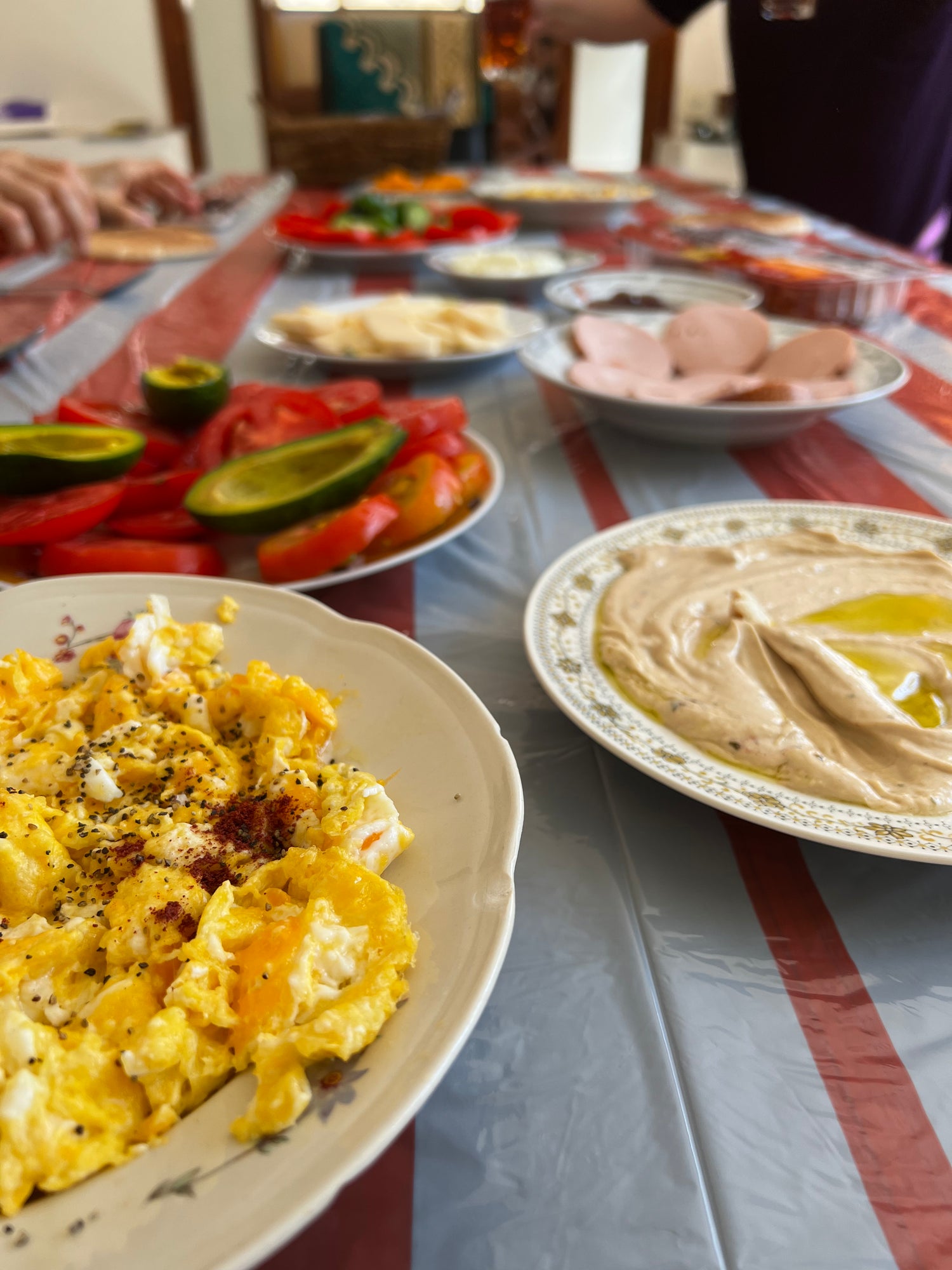
Breakfast in Palestine is a feast for the senses. It often begins with fresh flatbread dipped in olive oil and za’atar, accompanied by hummus, olives, and sun-ripened tomatoes, and finished with a warming cup of mint tea. The simplicity and freshness of the ingredients make Palestinian breakfast an incomparable delight, passed down from generation to generation.
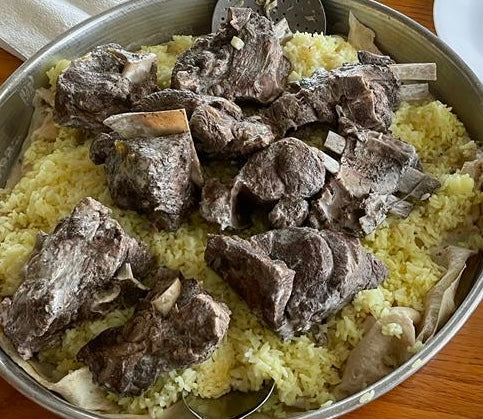
A link between past and future
Alongside the national dish, Maqluba, Mansaf is perhaps the dish that most represents culture and tradition. This festive meal, made of lamb, rice, and jameed - a dried yogurt sauce - is deeply rooted in history. Originally a Bedouin dish, it has become a symbol of hospitality and generosity. Mansaf is often served on special occasions, from weddings to important family gatherings.
Just as food is an important part of Palestinian identity, so is traditional clothing. The Palestinian thobe is more than just a garment - it is a work of art, a symbol of pride and belonging. Its intricate embroidery tells stories of villages, regions, and families. Every color, every pattern carries a meaning deeply rooted in history. The thobe is not only a marker of cultural identity but also a quiet, powerful symbol of resistance and hope.
